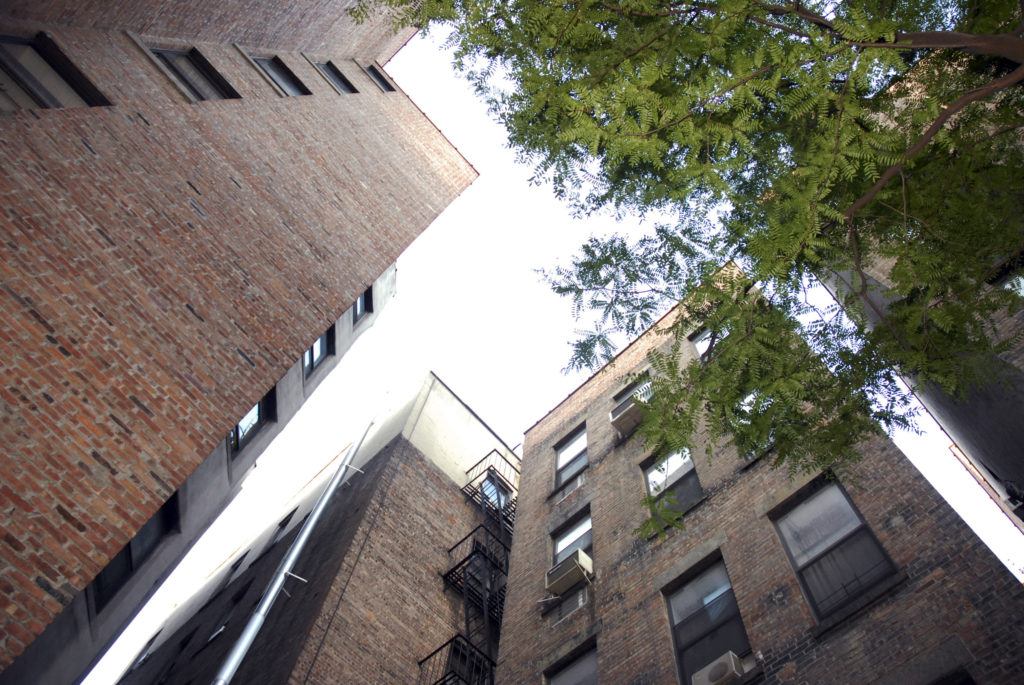- To provide long-term, affordable housing for low and moderate-income New Yorkers, and to preserve the Lower East Side as an economically and ethnically integrated community.
- To support the empowerment of residents through a democratically structured MHA which maximizes resident involvement in management and oversight.
- To create linkages with other community development issues and projects to foster resident control of neighborhood resources.
Organizational Structure
The LESPMHA is committed to ensuring the availability of long-term, low and moderate income, rental housing based on resident participation and democratic involvement. All buildings developed by the LESPMHA are owned exclusively by the association. The association offers the members effective control of the management of their units through a unique structure of ascending democratic steps that culminate in a resident majority representation on the Board of Directors. In each LESPMHA building, there is a Building Committee. Each Building Committee elects one representative to a Resident’s Council. The Resident Council reports directly to the Board. The entire membership elects the resident Board members at the Annual Meeting. After the first five years of the Association, the Resident Directors represent a one-vote majority on the 13-member Board of Directors. The LESPMHA model offers the residents control over the management of their units without having the direct responsibility for daily management tasks. It thereby eliminates the necessity of their possessing the arcane expertise required to run a property in the City of New York while simultaneously offering direct resident participation in both the day-to-day functioning and the long-term direction of the association.
A primary focus of the LESPMHA is to advance cultural and economic diversity on the Lower East Side. The organization’s membership is currently 37% Asian, 37% Latino, 6% African-American, and 20% Caucasian. To communicate effectively with the diverse population of the association, LESPMHA staff speaks a variety of languages including Chinese (Mandarin & Cantonese), Spanish, and English. By increasing the contact between the multicultural and polyglot membership through the organization’s highly participatory and democratic structure, the LESPMHA strives to create a sense of community that transcends traditional definitions.

